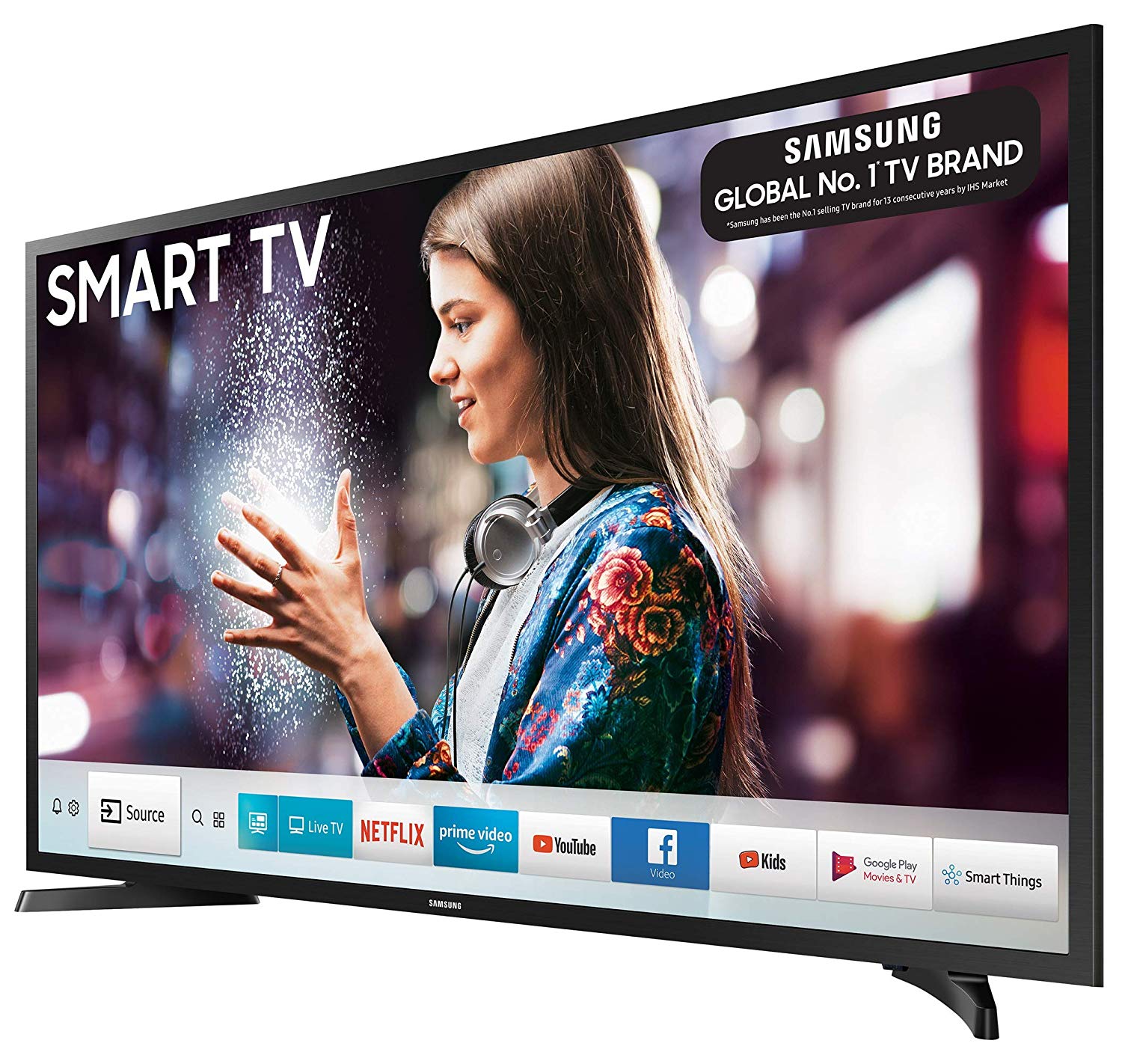Television (TV), sometimes reduced to tele or telly, is a telecommunication medium used for transmitting disturbing images in monochrome (black and white), or in color, and in two or three dimensions and sound. The term can speak to to a television set, a television show, or the medium of television transmission. Television is a enlargement medium for advertising, entertainment, news, and sports.
Television became clear in sloppy experimental forms in the tardy 1920s, but it would still be several years since the additional technology would be marketed to consumers. After World charge II, an enlarged form of black-and-white TV broadcasting became popular in the joined Kingdom and allied States, and television sets became commonplace in homes, businesses, and institutions. During the 1950s, television was the primary medium for influencing public opinion. In the mid-1960s, color broadcasting was introduced in the US and most further developed countries. The availability of multiple types of archival storage media such as Betamax and VHS tapes, high-capacity difficult disk drives, DVDs, flash drives, high-definition Blu-ray Discs, and cloud digital video recorders has enabled viewers to watch pre-recorded materialsuch as moviesat house on their own epoch schedule. For many reasons, especially the convenience of remote retrieval, the storage of television and video programming now occurs on the cloud (such as the video upon demand serve by Netflix). At the end of the first decade of the 2000s, digital television transmissions greatly increased in popularity. out of the ordinary spread was the have an effect on from standard-definition television (SDTV) (576i, with 576 interlaced lines of conclusive and 480i) to high-definition television (HDTV), which provides a resolution that is substantially higher. HDTV may be transmitted in various formats: 1080p, 1080i and 720p. past 2010, next the invention of smart television, Internet television has increased the availability of television programs and movies via the Internet through streaming video services such as Netflix, Amazon Video, iPlayer and Hulu.
In 2013, 79% of the world's households owned a television set. The replacement of forward bulky, high-voltage cathode ray tube (CRT) screen displays later compact, energy-efficient, flat-panel alternating technologies such as LCDs (both fluorescent-backlit and LED), OLED displays, and plasma displays was a hardware revolution that began once computer monitors in the tardy 1990s. Most TV sets sold in the 2000s were flat-panel, mainly LEDs. Major manufacturers announced the discontinuation of CRT, DLP, plasma, and even fluorescent-backlit LCDs by the mid-2010s. In the near future, LEDs are customary to be gradually replaced by OLEDs. Also, major manufacturers have announced that they will increasingly fabricate smart TVs in the mid-2010s. intellectual TVs taking into account integrated Internet and Web 2.0 functions became the dominant form of television by the late 2010s.
Television signals were initially distributed isolated as terrestrial television using high-powered radio-frequency transmitters to announce the signal to individual television receivers. Alternatively television signals are distributed by coaxial cable or optical fiber, satellite systems and, previously the 2000s via the Internet. Until the to the front 2000s, these were transmitted as analog signals, but a transition to digital television is traditional to be completed worldwide by the late 2010s. A okay television set is composed of combination internal electronic circuits, including a tuner for receiving and decoding push signals. A visual display device which lacks a tuner is correctly called a video monitor rather than a television.
Ukrainian TV on Smart TV - Mediacast
Samsung to make it easier to connect your PC to your Smart TV - MSPoweruser



No comments:
Post a Comment